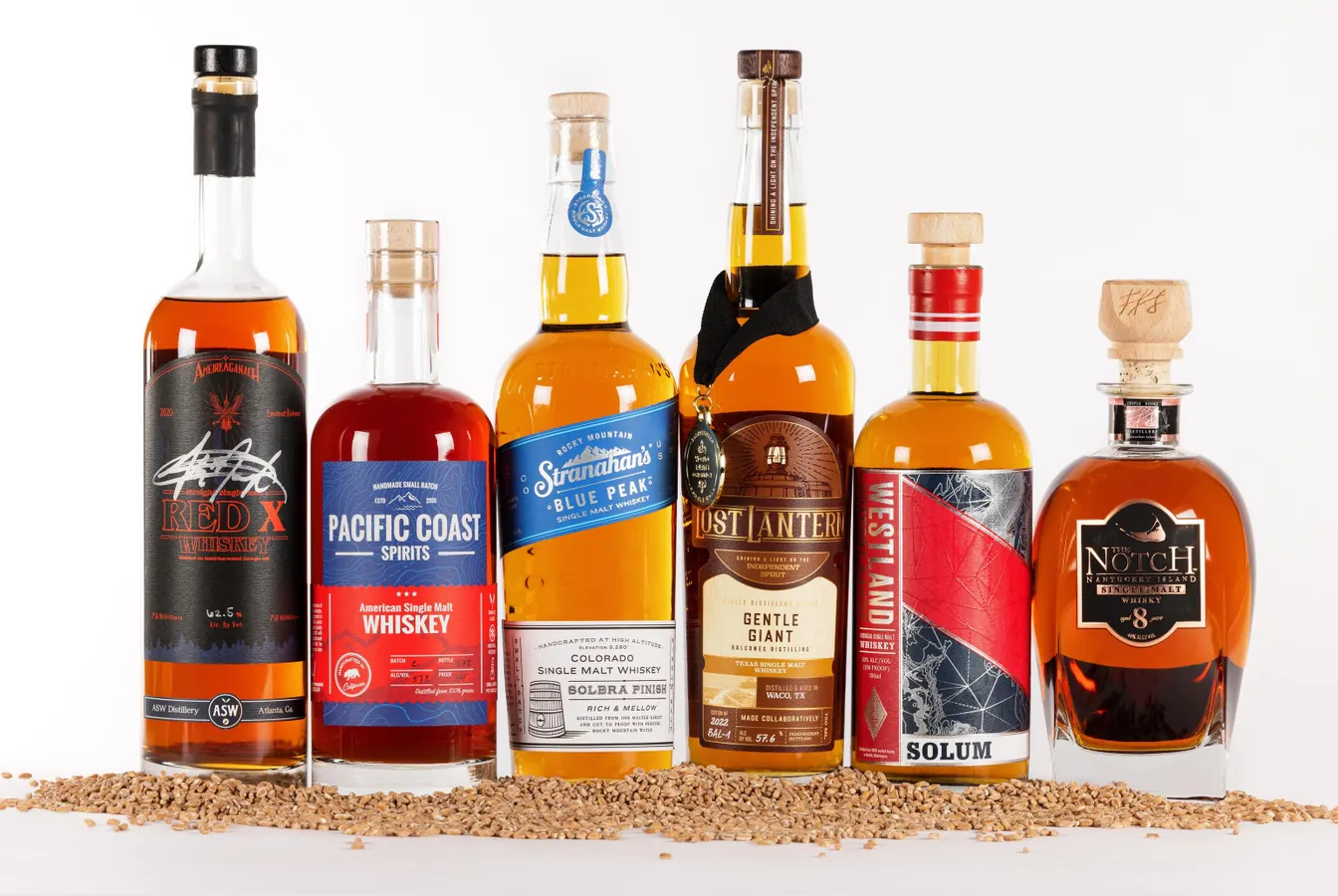Situated in Wassaic, N.Y., the Tenmile Distillery exclusively crafts single malt whiskey, evoking a Scottish Highland ambiance. Nestled in a narrow valley resembling a Scottish glen, the whitewashed, low-slung buildings house two swan-necked copper stills from Forsyths, the same company adorning iconic Scottish distilleries like Glenfiddich and Glenlivet. This intentional design aligns with Tenmile's goal of creating a whiskey that mirrors the qualities of single malt Scotch, including the use of barrels formerly containing sherry, port, or red wine sourced from Williams Selyem, a California winery owned by John Dyson, the distillery's proprietor. Dyson, a former New York state agriculture commissioner turned investor, emphasizes a commitment to the traditional Scottish approach, evident in the hiring of veteran Scotch distiller Shane Fraser to oversee production. The inaugural release, named Little Rest, has already garnered substantial presale orders, reflecting the distillery's dedication to authenticity.
While the notion of American single malt may initially appear contradictory and contrary to the longstanding traditions of Scottish whiskey production, this style has witnessed a significant surge in popularity over the past decade. The diversity within American single malt whiskey reflects the vastness of the country, encompassing a variety of climates, traditions, and agricultural practices. In the upcoming months, the Tax and Trade Bureau, a division of the Treasury Department, is set to unveil an official definition for American single malt, marking the emergence of a new spirit category. This acknowledgment recognizes the evolution of what was once a niche whiskey into a mainstream phenomenon, with over 200 distilleries across the country producing single malt whiskey — surpassing the number in all of Scotland. Steve Hawley, co-founder of the American Single Malt Whiskey Commission in 2016, underscores the necessity of this step given the substantial presence and growth of the industry in the United States.
The suggested American definition is more flexible compared to Scotland's well-known stringent regulations. Similar to Scotch, American single malt necessitates production at a single distillery, thus the term "single," and the use of 100 percent malted barley. However, unlike the Scottish counterpart, there are no stipulations in the United States regarding the use of a pot still for distillation or a mandatory three-year aging period.




Comments (0)